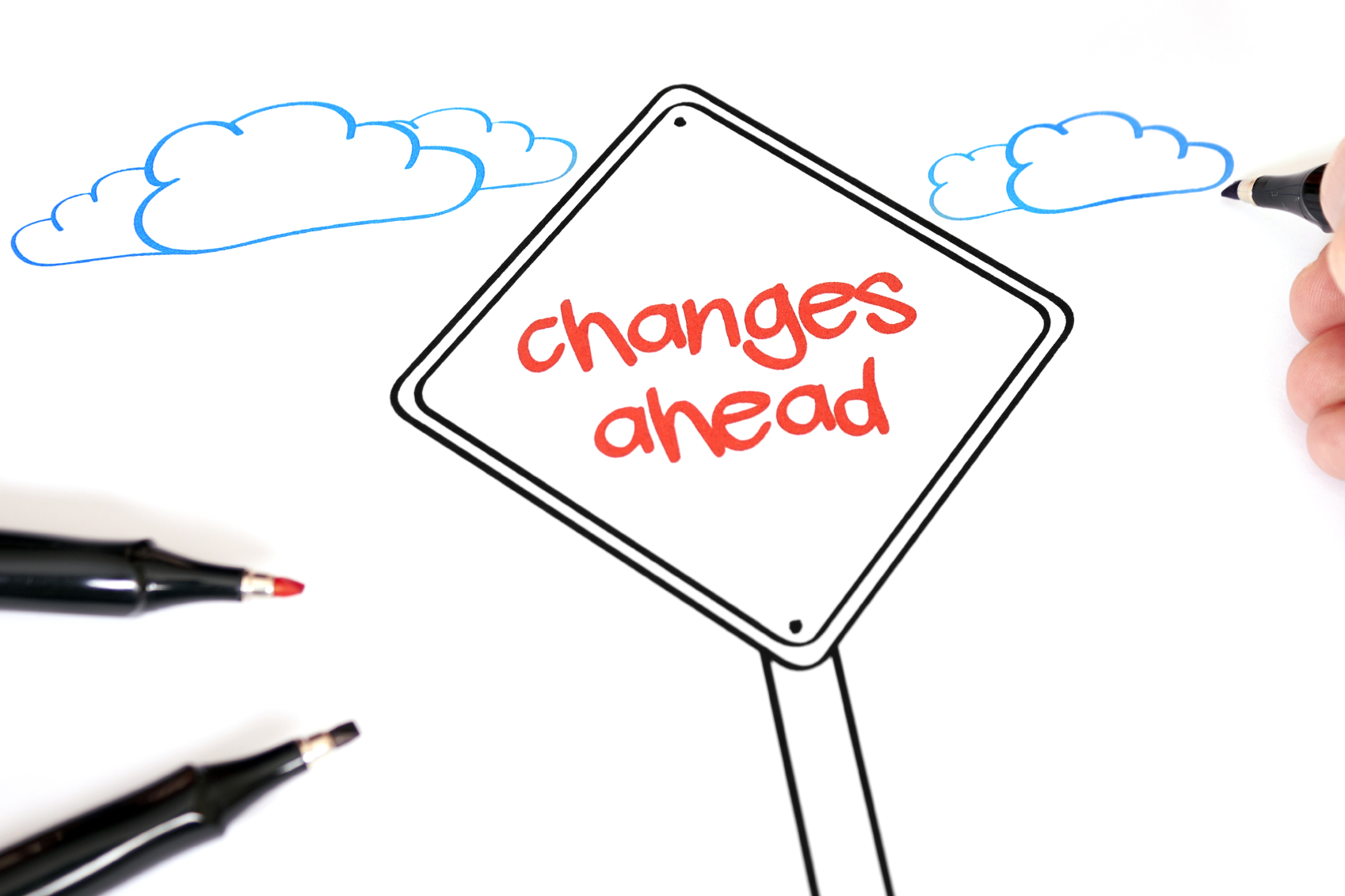Seeing the need to change rarely results in people, organizations, or even industries taking action unless a crisis forces them to do so. Blockbuster didn’t offer a DVD-by-mail service until Netflix posed a legitimate danger. Kodak held on to its traditional film business even though it invented digital photography technology and could have dominated a new market. Nokia arrived late to the smartphone race despite its position as creator of the first cellular network. Taxi companies are slowly adopting ride-hailing technology after Uber and Lyft left them in the dust. Sears, if you consider that they owned retail delivered to the home, should have been Amazon.
These companies and industries all saw change coming at them. Unfortunately, those that chose to do something in response to impending irrelevance were either too timid or too late. The remainder held on as long as possible before dying a slow death.
History is potentially replaying itself today in the television advertising business. Research conducted by #VideaLLC paints the picture of an industry that continues to hold on to the way things have always been done at the expense of providing better, more profitable service to customers.
The results are eye-opening. The industry sees change coming and acknowledges the potential benefits. Eighty-eight percent of the survey’s respondents said that automation of the buying and selling of advertising is inevitable. Over eighty percent believe adopting a new way of doing business would save time, increase transparency, and improve the service to clients.
Ironically, this change is coming slowly in an industry where shows that can’t make the cut can be cancelled after one episode. Eighty-five percent of the TV reps who sell advertising and sixty-four percent of agencies that purchase ads on behalf of their clients say that the process continue to be mostly or completely manual.
Conventional change management thinking labels the television advertising industry—and every organization that hasn’t yet acted on the changes it sees—as resistant. It is easy to see them as merely unwilling to abandon behaviors and performances that they know aren’t in their best long-term interest.
That’s not how it works. Responsible leaders don’t sit around the conference table and plan to drive themselves into irrelevance. They might adopt a poison pill plan to fend off an unwanted takeover, and there might be times when bankruptcy is necessary. The choices they make, however, are those that believe are right for the time. Leaders and employees alike do not make conscious decisions to resist themselves into extinction.
Toward Healthy Change
There is a correlation between individuals wanting to improve their health and organizations or industries knowing that they need to change to remain relevant. In both cases, what’s needed is a plan to move from awareness to action.
James Prochaska and Carlo DiClemente developed the Transtheoretical Model of change in the late 1970’s. It was designed as an integrated theory for intentional change based on their observations of smokers who quit on their own compared with those requiring additional treatment and support.
Prochaska and DiClemente called the first stage of their model Precontemplation. It is a somewhat awkward label, but it basically means that people haven’t really considered doing anything different to solve their problem. If people at this stage do think about change, the main focus is on the downside rather than potential benefits.
Using the Transtheoretical Model perspective, the television advertising industry has moved past stage one. Results from the #VideaSeesChange study show an industry where people are aware that change is coming. There is a growing recognition of the potential benefits of automation.
The official name for stage two is Contemplative, and it means that people are planning to try something new. The television advertising industry has, for the most part, completed the tasks of this stage, too. Seventy-two percent of respondents to this study said that their companies have automation plans in the works.
The third step in the Transtheoretical Model is Preparation. This is when momentum to fully implement the change begins. An overall realization that change can make life better is a sign that you there. Eighty-four percent said that there is a feeling of organizational enthusiasm for change. Ninety-one percent of individuals reported feeling enthusiastic.
This is a crucial time for leaders. Positive momentum can be derailed by those who are adapting slowly or not at all. Two-thirds of television advertising professionals feel stuck in the old way of doing things, and seventy-five percent of the TV reps surveyed fear that automation would create job losses. You know that your team has done the work of this stage when there is realistic optimism that change will lead to positive results.
The leader’s challenge is to keep the team moving to the fourth stage: Action.
Yes, But How?
Moving from thinking and talking about change to positive action is the Holy Grail of change leadership. Here are five steps you can take right now.
- Start small and specific. Only twenty-one percent of respondents to the Videa survey believe that their organizations are very effective at incorporating new technology into their operation. You can combat that fear by taking incremental steps to build confidence. This could mean introducing components of a new technology platform rather than the entire suite of capabilities. Another approach might be to provide increased training and on-going support to a small group instead of rolling out to everyone at once. If you are embracing a technology change, partner with firms, like Videa LLC, that provide the flexibility to adapt their system to .
- Define what is and isn’t different. It is easy to lose perspective when you are in the middle of an uncomfortable change. Adopting a new technology platform means that specific aspects of how you do the job will be different. There are also many more things that will remain the same. Helena Stylianou, National Sales Coordinator at Graham Media in Detroit, was very specific that Videa’s automated processes actually created the opportunity to do even more of what she was best at—delivering amazing personalized service.
- Involve people in design and roll out plans early and often. People support what they help create. In addition, involving those affected by the change in how the process will unfold provides better information about potential challenges and increases the chances for success. The majority of your team wants to do a great job for you and your customers. Any comment or suggestion – even those that might feel like resistance – most likely represents a legitimate question or concern. Bringing those out in the open can only make the change better.
- Celebrate success. Sharing positive stories about real results help those who might be struggling or reluctant to keep at it until they master the change. More important, it provides a respected counter balance to naysayers that might try to sabotage your change efforts.
- Listen and lead. Everyone brings baggage to change. Some of it is filled with good stuff, and some of it is loaded down with fear and doubt. Investing your time to listen helps people unload all of the negative perceptions they have about an impending change. It also allows them to verbalize and grow more comfortable with the positive possibilities for the future. And don’t forget to set the example by embracing the change yourself. It is difficult for them to get excited about using a new tool, technology, or process if you avoid it like the plague. You don’t have to be the expert. You do need to make the effort.
We tend to think of change as a binary process. In reality, it is a continuum that begins with acknowledging another possible future. Your job is to lead your team on the journey from awareness to action.
Randy Pennington is an award-winning author, speaker, and leading authority on helping organizations achieve positive results in a world of accelerating change. To bring Randy to your organization or event, visit www.penningtongroup.com , emailinfo@penningtongroup.com, or call 972.980.9857.
This article was originally published on LinkedIn Pulse. https://www.linkedin.com/pulse/from-awareness-action-change-leadership-challenge-randy-pennington/





